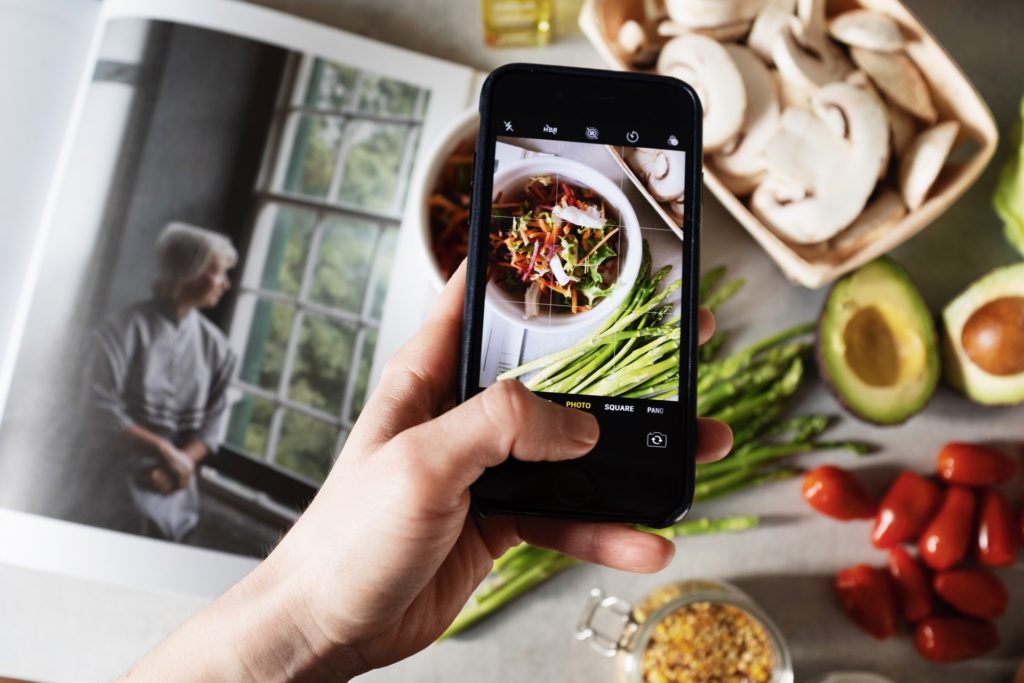The coronavirus pandemic has changed many industries—even influencer marketing isn’t spared the need to adapt. More brands shifting to digital advertising doesn’t entirely mean a win for influencers. After all, sponsored content deals have decreased as brands cut ad budgets. How can influencers or those aspiring to become one survive or even thrive in the “new normal”?
Tech-savvy influencers can rise above the crisis
Lockdowns and continuous social distancing measures have pushed brands to work with what they have. They have limited access to models, photographers, and venues to create content with high production value. But tech-savvy influencers have stepped in to ensure content calendars of advertisers are filled.
Taking photos or shooting videos on iPhone and editing them cleverly, influencers deliver content faster. Their production is more affordable, and their material is raw, relevant, or sensitive to the current climate.
The trend is that marketers will no longer ask for specific color palettes or messaging drafts. Instead, influencers will have more freedom in content creation. Those who can style a set at home, take great photos in natural lighting, or edit creative videos will likely thrive in this kind of advertising environment.
Micro-influencers can get a slice of the advertising pie

With existing fanbase, celebrities caught the first wave of influencer marketing. But later on, micro-influencers or those with under 100,000 followers followed suit. What makes them appealing for brands? It’s not the number of their followers—it’s their authentic relationship with their community.
Several studies discovered that micro-influencers have followers who are authentically interested in their recommendations. Those people aren’t just on social media to consume rich, stylized content. So in a way, micro-influencers are effective brand ambassadors; their post likes could translate to sales.
Micro-influencers are also better at content creation than celebrities. Since millions of people don’t recognize their names and faces, they go the extra mile to make their photos and videos eye-catching.
So even if you only have your room and backyard as venues for your photo or video shoots for your 20,000 followers, you can promote a commercial lawn care business, a make-up brand, or a clothing line. There’s a big space for micro-influencers in the influencer marketing industry amid the pandemic.
Influencers who can’t offer real value won’t make it
Remember the infamous Fyre Music Festival in 2018? That’s the epitome of inauthentic influencer marketing, and brands, with their ad budget cuts, know better than to work with shallow influencers.
Those who can’t offer brands value outside smiles and poses, regardless of the number of their followers, will likely find it challenging to thrive this pandemic. Marketers say that celebrity influencers will remain relevant. But they will be more strategic with their investment. They will look for more impactful promotions—which micro-influencers and tech-savvy influencers can proficiently deliver.
Many brands have postponed high-production-value influencer marketing campaigns to cut costs and avoid appearing insensitive amid a global health crisis. But as we all transition to the new normal, expect brands to turn to influencer marketing, but this time, they’ll focus on less-known but valuable influencers.
